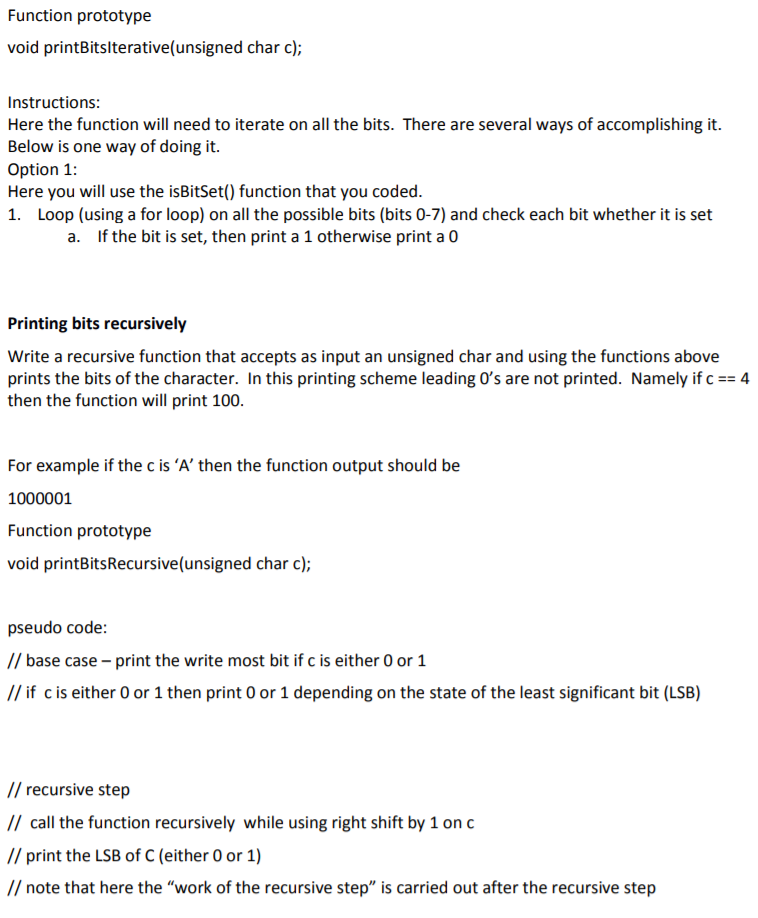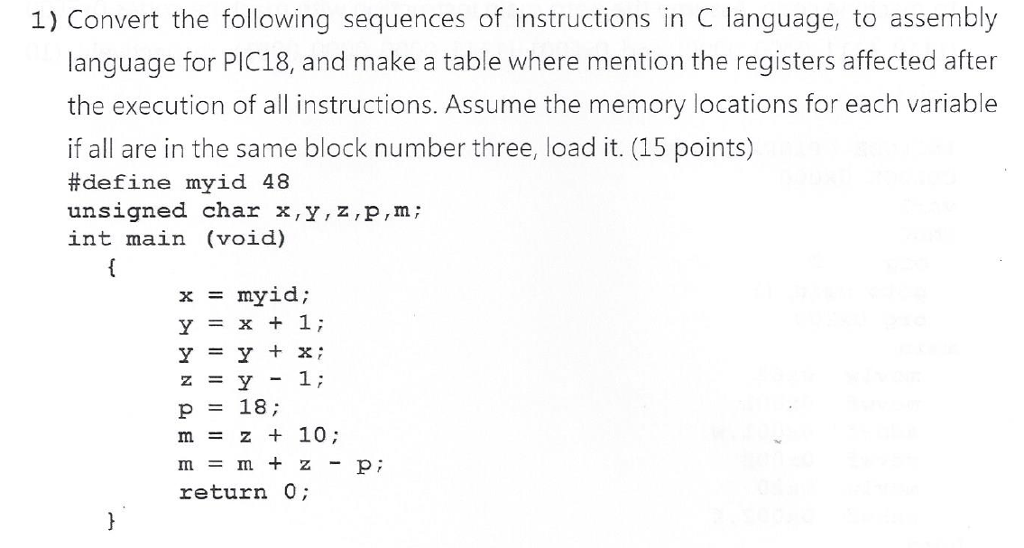

I solved my current problem by writing the function inside C, but with 100 % inline assembly. Therefore, using it for an offset that's known at compile-time is not only ugly, but pretty much impossible. So, the X or Y register is often already needed for the actual array index. At least this would be a workaround purely on the code level while the ROM would still work exactly the same.Īlso, some of my structs are not just structs, but structs with arrays inside (as a quicker alternative to an array of structs). (I'd rather abolish the struct altogether and simply use a bunch of separate variables. And I don't like to complicate the behavior of the program, just so that I can enforce a certain style on the source code level. Or using the X or Y register for values that are known at compile time.Īfter all, my problem is really just a code style issue. On the other hand, if the program primarily manipulates the numbers as text, rather than in arithmetic computations, it may be more efficient to keep them stored as text strings.Ĭ programmers use functions in the stdio library and C++ programmers use functions in the iostream library to do these conversions between the int and char formats.Yeah, I try to avoid these kinds of things: Storing values into the DATA or RAM segment that could usually be used directly. After the numbers are manipulated, the result must be converted from the int format to char format for display on the screen. The text string must be converted to int format. If a user entered “\(123\)” from the keyboard, the operating system would read the individual characters, each in char format, and store them as a text string. I have a function that currently returns unsigned char. The int format is easier to use in arithmetic and logical expressions, but the interface with the outside world through the screen and the keyboard uses the char format. (Recall that a C-style string is terminated with a NUL character.) B Hints and Solutions to Selected Exercises.
 unsigned char buf reinterpretcast
unsigned char buf reinterpretcast
14 Bit Operations Multiplication and Division.



 0 kommentar(er)
0 kommentar(er)
